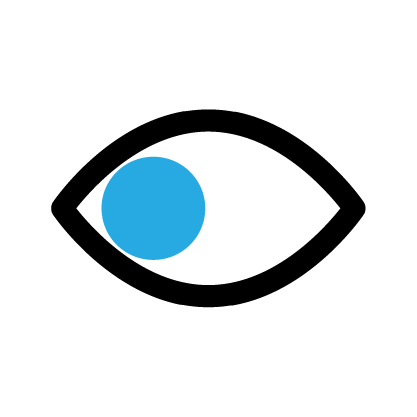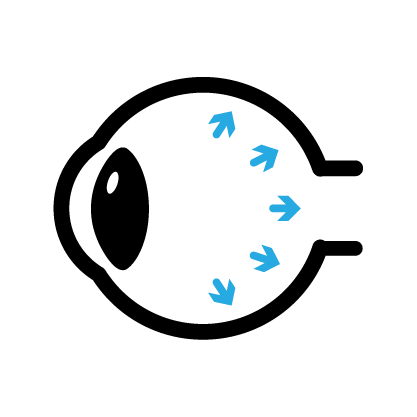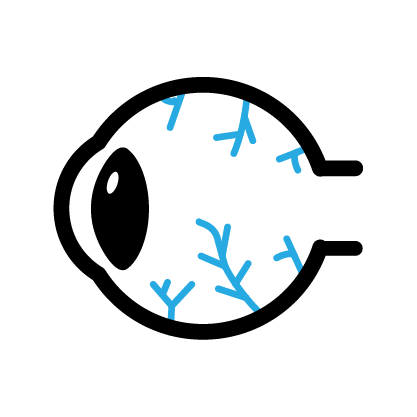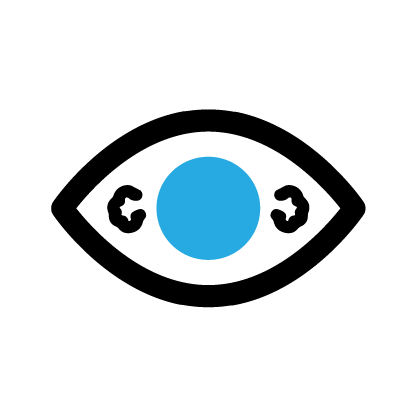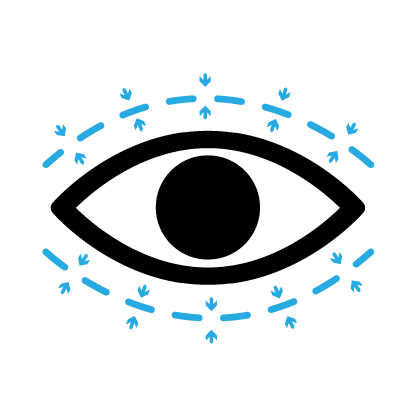About Genetic Eye Conditions
Genetic eye diseases arise from mutations that compromise the structure and functionality of the eyes. A genetic eye specialist is essential for diagnosing and managing these conditions, which often lead to significant vision impairment. Stargardt Disease and Retinitis Pigmentosa are notably prominent among the wide range of diseases they address.
- Stargardt Disease: Stargardt disease is the most common form of macular dystrophy. The macula is the central part of the retina that is specialised for detailed and colour vision. It has an autosomal recessive mode of inheritance. Usually, patients harbour genetic variants ABCA4. Rarely is the condition caused by variants in the gene ELOVL4.
- Retinitis Pigmentosa: It is the most common form of inherited retinal dystrophies and can be inherited as an autosomal dominant, autosomal recessive, or X-linked trait. It is caused by genetic variants in genes coding for proteins which are essential for the structure and/or function of the rod photoreceptors (which are responsible for night vision), causing night blindness, with eventual constriction of the visual field as the cone photoreceptors become affected. Some forms of retinitis pigmentosa can be associated with hearing loss, kidney disease, or learning difficulties.
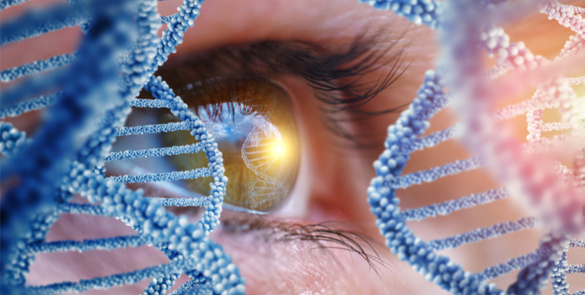
The primary risk factors for these genetic eye diseases are centred on hereditary influence. Individuals with a family history of such conditions face a significantly heightened risk of developing them. It is of utmost importance for individuals, particularly those with a family history of these diseases, to regularly attend eye examinations.
Although no definitive cures are available, advancements in research constantly enhance the management techniques which our Genetic Eye Specialists can provide.
At Moorfields Eye Hospitals, our Genetic Eye Specialists in Dubai and Abu Dhabi provide the expertise to guide you through this journey, helping you understand and manage these conditions effectively.
Comprehensive Assessments
We offer a comprehensive range of eye care assessments, diagnostics, surgical and non-surgical treatment services. Assessment services: (evaluation examinations may differ depending on outcome of consultation) (expandable links below)
- General health Assessment
- OCT
- Genetic testing
- Consultation with Genetic Eye Disease Consultant
Conditions & Treatment
Stargardt disease
About
Stargardt disease is the most common form of macular dystrophy. The macula is the central part of the retina that is specialised for detailed vision and colour vision. It has an autosomal recessive mode of inheritance. Usually patients harbour genetic variants ABCA4. Rarely, the condition is caused by variants in the gene ELOVL4.Stargardt disease
About
Stargardt disease is the most common form of macular dystrophy. The macula is the central part of the retina that is specialised for detailed vision and colour vision. It has an autosomal recessive mode of inheritance. Usually patients harbour genetic variants ABCA4. Rarely, the condition is caused by variants in the gene ELOVL4.Retinitis Pigmentosa
About
It is the most common form of inherited retinal dystrophies and can be inherited as autosomal dominant, autosomal recessive, or X-linked trait. It is caused by genetic variants in genes coding for proteins which are important for the structure and/or function of the rod photoreceptors (which are responsible for night vision) causing night blindness, with eventual constriction of the visual field as the cone photoreceptors become affected. Some forms of retinitis pigmentosa can be associated with hearing loss, kidney disease, or learning difficulties. Early identification of these conditions allows for appropriate investigation.Retinitis Pigmentosa
About
It is the most common form of inherited retinal dystrophies and can be inherited as autosomal dominant, autosomal recessive, or X-linked trait. It is caused by genetic variants in genes coding for proteins which are important for the structure and/or function of the rod photoreceptors (which are responsible for night vision) causing night blindness, with eventual constriction of the visual field as the cone photoreceptors become affected. Some forms of retinitis pigmentosa can be associated with hearing loss, kidney disease, or learning difficulties. Early identification of these conditions allows for appropriate investigation.Request an Appointment

